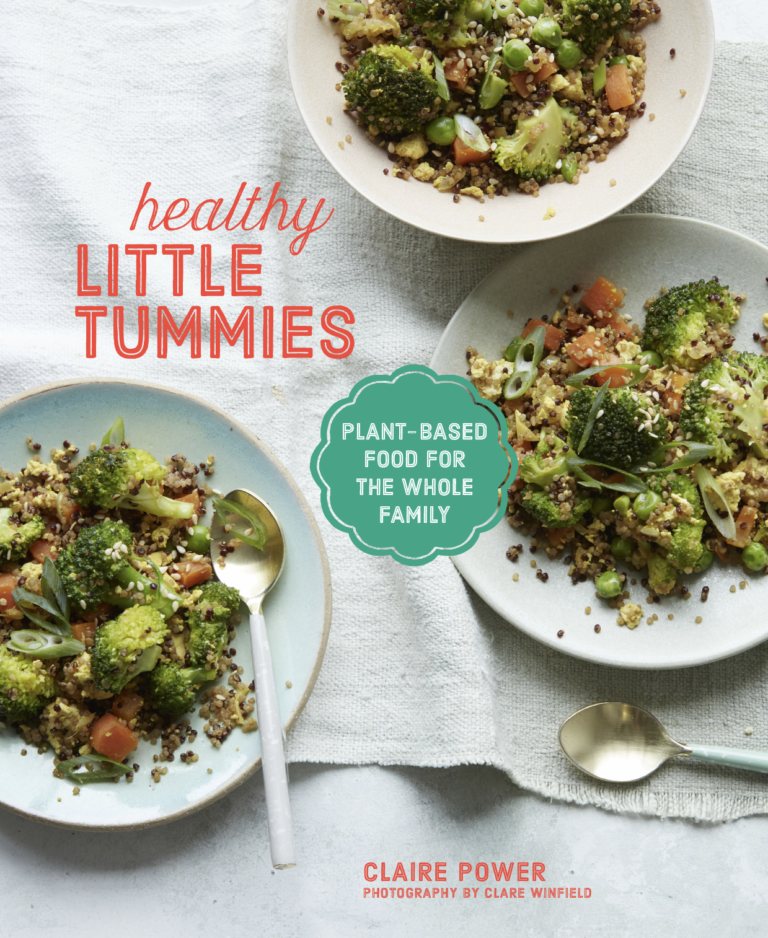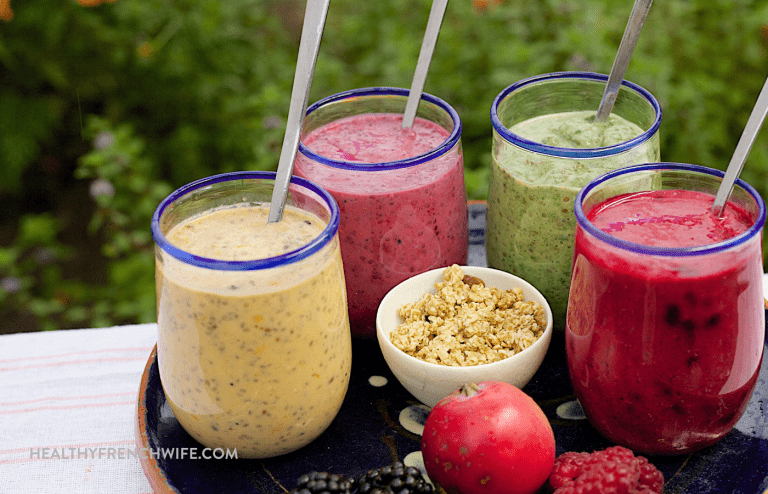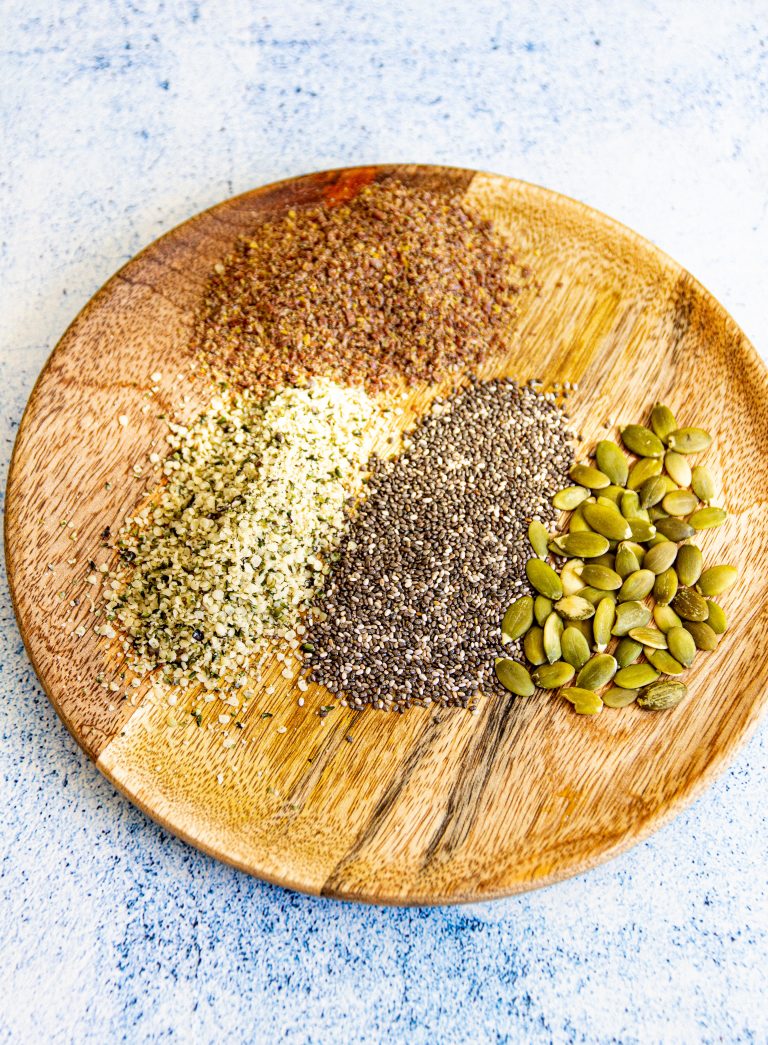How To Eat Healthy When You Hate Vegetables?

Saying “No” to greens but still dreaming of a healthful diet? It might seem like a serious problem, but there is nothing to worry about.
You don’t need to have a love affair with broccoli or serenade the spinach to keep the health-o-meter ticking. In this blog, we will guide you on exactly how to eat healthy when you have vegetables.
We will also discuss the benefits of incorporating vegetables into your diet, which might make up your mind about them.
This site uses ads and affiliate content as an Amazon associate earning on qualifying purchases. Disclosure.

The Importance of Vegetables
Although it can be tough to disregard vegetables due to personal preferences or distaste, their nutritional value is irreplaceable. Vegetables are rich in essential vitamins, minerals, and dietary fiber.
They are usually low in calories and fat, making them a perfect choice for maintaining a balanced diet.
Some of the key benefits of including vegetables in your diet include:
- Heart Health: Green leafy vegetables, like spinach and kale, are high in heart-healthy nutrients like vitamin K that prevent cardiovascular diseases.
- Digestive Health: Vegetables such as broccoli and Brussels sprouts are rich in fiber, which aids in digestion and helps maintain a healthy gut.
- Weight Management: Being low in calories and high in fiber, vegetables can help you feel full without adding extra calories, supporting weight management.
- Healthy Skin: The vitamins and antioxidants in vegetables like carrots and sweet potatoes can contribute to healthy skin.
- Gut Health: The probiotics in vegetables such as cabbage and kimchi can help to promote a healthy gut.
10 Creative Ways To Eat Vegetables
Even after understanding the importance of having vegetables, you might still find it difficult to incorporate them into your meals due to your personal preferences.
However, there are numerous creative ways to add them to your diet without having to compromise on your taste.
Here are 10 creative ideas you can try:

1. Make a Smoothie
Blending fruits with vegetables to make smoothies can be an easy and delicious way to incorporate more veggies into your diet. Spinach, kale, cucumber, or avocado can be excellent choices to start with, as they blend seamlessly with many fruits without overpowering the flavor.
For a nutrient-dense breakfast or a post-workout snack, blend greens with bananas, berries, or mangoes for a sweet touch.
Also, consider adding Greek yogurt or your favorite protein powder for an added protein boost. The idea is to experiment with different combinations until you discover the ones that delight your palate.

2. Create Veggie-Based Bowls
Creating veggie bowls is a versatile and tasteful approach that can benefit those not particularly fond of vegetables. The idea is to combine a variety of veggies with other ingredients you love to balance out the flavors.
You can start with a base of grains like quinoa or brown rice, then add a protein source such as grilled chicken, tofu, or beans. Next, add a medley of your favorite vegetables or those you find palatable.
The trick is to use vegetables that blend well with other flavors, such as bell peppers, zucchini, or sweet potatoes.

Finally, top your bowl off with a delicious sauce or dressing, and add extras like nuts, seeds, or cheese for an added burst of flavor. This strategy allows you to enjoy your meal while still reaping the benefits of vegetables.
3. Add Them To Your Baked Goods
Believe it or not, vegetables can be used in baking as well. Incorporating pureed vegetables into baked goods is a great way to get your daily dose of veggies while indulging in the comfort of food.
You can try adding zucchini and carrots to muffins or cupcakes for a moist texture, sweetness, and added nutrients.
Beets are also an excellent choice for brownies and cakes, as they enhance the flavor while adding a vibrant color. For an added protein boost, you can even add black beans to your favorite brownie recipe for a delicious treat.
4. Sneak Them Into Sauces
The magic of sauces lies not just in their ability to enhance the flavor of a meal, but also in their potential to serve as a vehicle for nutrient-rich vegetables.
Sneaking them into your homemade sauces is a clever strategy for upping your veggie intake without even realizing it.
Vegetables such as carrots, bell peppers, and tomatoes can be easily pureed and mixed into pasta or pizza sauces, stews, and gravies.
Similarly, you can blend spinach or kale into pesto, or add finely chopped mushrooms to your Bolognese sauce. This way, you can enjoy the rich, comforting flavors of your favorite dishes while secretly benefiting from the added nutritional value of vegetables.
5. Try Roasting
Roasting vegetables is a great way to make them more enjoyable and easy to eat. The natural sugars in vegetables are caramelized by roasting, giving them a unique flavor and texture that many palates find pleasant.
The roasting process also helps reduce some vegetables’ bitterness, making them more appealing.
To roast, preheat your oven and toss vegetables with olive oil, salt, pepper, and any other desired seasonings. Place them onto a baking sheet in the oven for 20-30 minutes or until visibly roasted. You can serve them as is or use them to top your favorite dishes.
6. Make Vegetable Chips
We all have enjoyed potato chips at some point, but have you ever considered making chips with other vegetables? Vegetable chips are a healthy and delicious alternative to traditional potato chips. You can use a variety of vegetables to make these chips, including sweet potatoes, kale, beetroot, or even zucchini.
Simply slice your chosen vegetables thin, toss them with olive oil and your favorite seasonings, and bake until crispy.
Not only do these veggie chips provide a fun crunch, but they also pack a nutritious punch. You’ll be surprised at how satisfying and tasty this alternative can be, and it’s a great way to sneak some extra veggies into your menu.
7. Cook a Vegetable Omelet
Cooking a vegetable omelet is a creative way to incorporate more vegetables into your diet, and it’s particularly effective for those who may not typically enjoy the taste of raw or overly crunchy vegetables. When vegetables are mixed into an omelet, their flavors meld seamlessly with the eggs and any additional herbs or spices, resulting in a tasty and nutrient-dense meal.
This approach also offers great variety, as you can use different vegetables each time you cook an omelet.
For example, bell peppers, onions, mushrooms, spinach, and tomatoes make wonderful omelet fillings. Not only does a vegetable omelet make for a hearty breakfast, but it’s also a quick and easy dinner option that’s packed with protein and fiber.
8. Try a Veggie Burger
Burgers are often labeled as “junk,” but with a few thoughtful tweaks, they can be transformed into a nutrient-rich, satisfying meal. Try a veggie burger! A veggie burger can be a delicious and healthy alternative to traditional beef burgers made from ingredients like black beans, lentils, beetroot, or even mushrooms.
Veggie burgers are lower in saturated fat and calories and boast a high fiber content and a variety of vitamins and minerals derived from vegetables.
Whether grilled on the barbeque, pan-fried, or baked, when served with whole grain or multi-seed buns, fresh lettuce, juicy tomatoes, and a slice of avocado, these plant-based patties can be an exciting way to enjoy the classic American staple while still getting a hefty serving of vegetables.
9. Enjoy an Antipasto Plate
Antipasto plates are a great way to add more vegetables to your diet. An antipasto plate typically consists of cured meats, cheese, olives, and marinated vegetables such as mushrooms, artichoke hearts, peppers, tomatoes, and eggplant.
This combination creates a colorful and flavorful array of food you can enjoy as a meal or as a snack.
What’s more, the marinating process used in preparing these vegetables adds flavor and helps reduce bitterness, making them easier to consume. For an added health kick, add some fresh raw vegetables such as carrots or celery sticks for crunch and extra nutrition.
10. Try Veggie Noodles
Last but not least, consider swapping your regular pasta for veggie noodles. Vegetable noodles, also known as “zoodles,” can be made from a variety of vegetables, including zucchini, carrots, sweet potatoes, and even beets.
Using a spiralizer, you can easily create fresh, nutrient-packed veggie noodles at home. This simple swap can significantly decrease your intake of refined carbohydrates while boosting your daily vegetable consumption.
Moreover, veggie noodles offer a unique texture and color, making your meals visually appealing. They can be enjoyed raw in salads, lightly sautéed for a warm dish, or even used in soups. So next time you are in the mood for pasta, don’t forget to try vegetable noodles – your body and taste buds will thank you!
5 Alternatives to Vegetables
If you have made up your mind that you don’t want to consider vegetables, there are still many ways to achieve a balanced and nutritious diet. Here are just a few alternatives:
1. Fruits
Fruits are an excellent alternative to vegetables and can offer many of the same nutrients. They are rich in fiber, which aids in digestion and helps maintain a healthy weight.
Fruits also provide a wide array of antioxidants, protecting our cells from damage and supporting overall health. They are packed with essential vitamins and minerals, such as potassium and vitamin C.
Many fruits, like berries and oranges, have a high water content, which can help keep you hydrated. Because fruits often have a sweet flavor, they can easily satisfy your sugar cravings more healthily. And just like vegetables, each fruit has its unique nutrient profile, so various fruits ensure a spectrum of nutrients.
2. Whole Grains
Whole grains are another great alternative. While they might not offer the same range of nutrients as vegetables, whole grains are a superb source of dietary fiber, which aids in digestion and keeps you feeling full, thus helping in weight management.
They are packed with B vitamins, which are needed for various physiological functions, including energy production and brain function. Whole grains such as oats, brown rice, and whole wheat products are also rich in essential minerals like magnesium, selenium, and iron.
3. Legumes
Legumes, such as beans, lentils, peas, and chickpeas, are rich in protein and fiber, making them a great alternative for those who don’t enjoy vegetables.
They are a good source of vitamins and minerals, including iron, zinc, folate, and magnesium.
Legumes benefit heart health thanks to their soluble fiber content, which can help reduce cholesterol levels. They are also an excellent source of plant-based protein, particularly beneficial for those following a vegetarian or vegan diet.
4. Nuts and Seeds
Despite their small size, nuts and seeds pack a nutritional punch. They are a great source of healthy fats, fiber, protein, and a variety of vitamins and minerals.
Eating nuts and seeds can help protect against chronic diseases, improve heart health, and even support weight loss.
Incorporating them into your diet is simple, as they can be enjoyed as a snack on their own, tossed in salads, or added to yogurt and smoothies.
5. Dairy and Alternatives
Dairy products or alternatives like soy or almond milk offer calcium and vitamin D, two nutrients that are crucial for bone health. They also provide protein, which is essential for muscle maintenance and repair.
While dairy products might not be as nutrient-dense as vegetables, providing a wide range of vitamins and minerals, they still contribute valuable nutrients to your diet that ensure you live a healthy life.
How To Eat Healthy When You Hate Vegetables – Conclusion
In conclusion, vegetables are an important part of a balanced and nutritious diet.
However, if you are not a fan of vegetables or simply want to get creative with your nutrition plan, many other alternatives can provide similar nutrients.
All you have to do is find something that you enjoy and experiment with the various flavors, textures, and colors of these alternatives.
Doing so can ensure your diet provides all the essential vitamins and minerals needed for optimal health.






